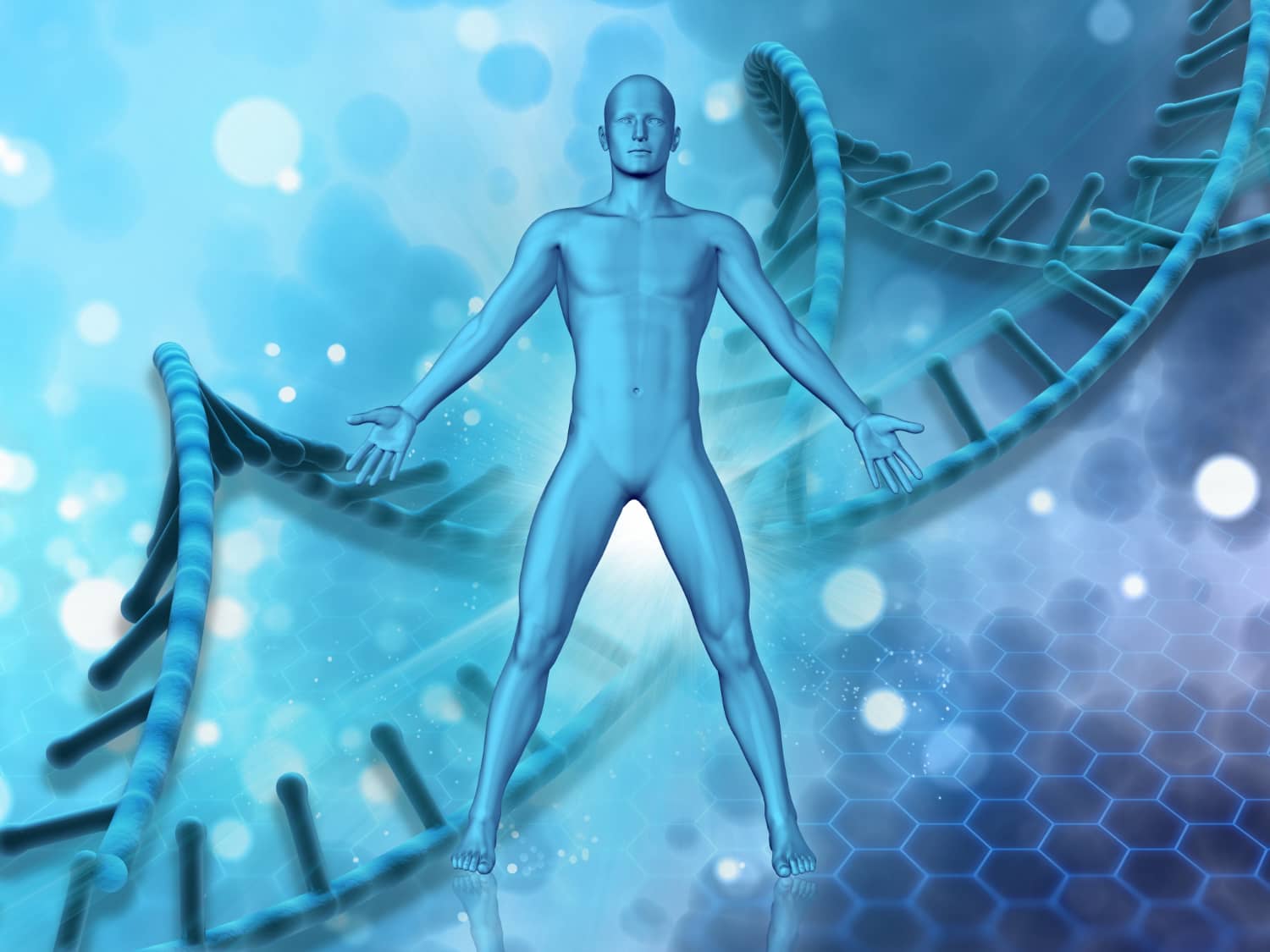Scientists create small robots from human cells that are capable of regenerating tissues
Admin
- 0

Scientists at Tufts University and the Wyss Institute at Harvard University have developed Anthrobots, small biological robots made from human tracheal cells. These tiny cellular warriors, ranging in size from the width of a human hair to the tip of a sharp pencil, have shown surprising healing power by stimulating the growth of neurons in damaged areas.
This innovative project, led by biology professor Michael Levin and his doctoral student Gizem Gumuskaya, arises as an evolution of the previous research that gave rise to Xenobots, multicellular biological robots derived from frog embryo cells.
Unlike Xenobots, Anthrobots are created from adult human cells without the need for genetic modification, marking a significant milestone in the ability to use biobots derived directly from patients.
The study published in Advanced Science reveals that these Anthrobots are capable of self-assembly and show a notable healing effect on surrounding cells. The researchers explored the ability of human cells to restart after decades of inactivity in the trachea, discovering that they could create new multicellular structures and move in a coordinated manner on surfaces of cultured neurons.
Contents
ToggleStimulation of neuronal growth
Although it is not yet fully understood how Anthrobots stimulate neuronal growth, neurons were observed to grow significantly in areas covered by clustered arrays of Anthrobots, termed “superbots.” This phenomenon raises fascinating questions about the therapeutic possibilities of these tiny cell builders.
Also Read: Switching to a vegetarian diet can prevent heart disease and diabetes
Anthrobots offer significant advantages by using human cells, eliminating the risk of adverse immune responses or the need for immunosuppressants. Additionally, they have a limited shelf life of a few weeks, allowing for their natural breakdown and reabsorption by the body after completing their task, without risk of exposure or spread outside the laboratory.
Gumuskaya highlighted the versatility and scalability of Anthrobots, underlining the possibility of producing swarms of these robots to develop large-scale therapeutic tools. The researchers also explored the Anthrobots’ ability to heal wounds in a laboratory setting, where they demonstrated efficient healing of living neural tissue by stimulating neuronal regrowth.
Anthrobots not only offer revolutionary potential in neuron healing but also open the door to various future medical applications. From removing plaque buildup in arteries to repairing damage to the spinal cord, these tiny cell builders could play a crucial role in the future of regenerative medicine.
Gumuskaya emphasized that the project relies on the inherent ability of cells to self-assemble into larger structures, which not only facilitates the construction of Anthrobots but also provides valuable insight into how cells naturally assemble to create tissues and organs, in the body.
Ultimately, Anthrobots represent an exciting step forward in the integration of biology and robotics to address medical challenges. As scientists continue to explore the capabilities of these tiny cellular warriors, the future could see a revolution in the way we treat and cure diseases through regenerative therapies and probiotics.


